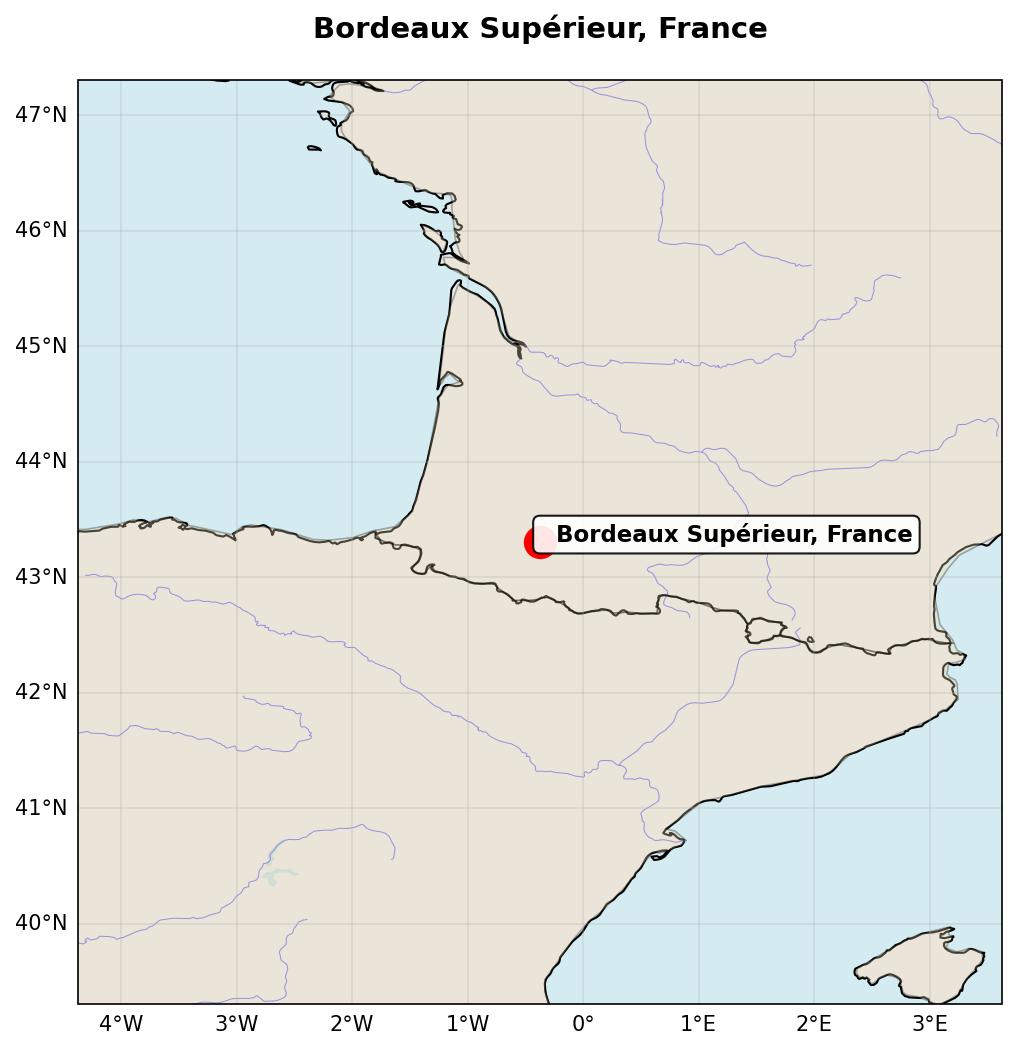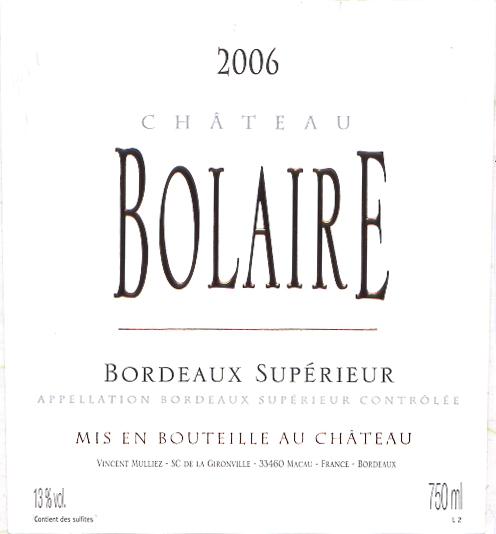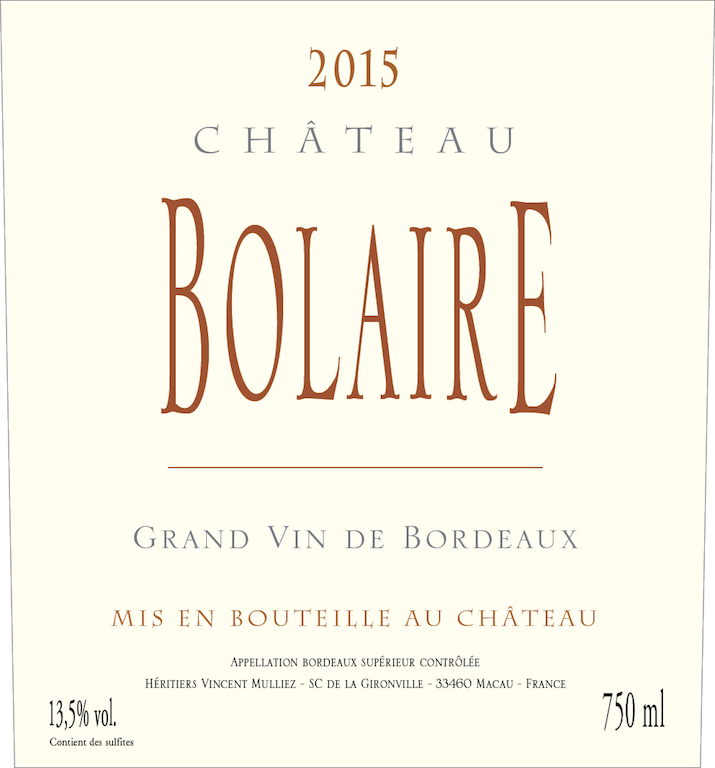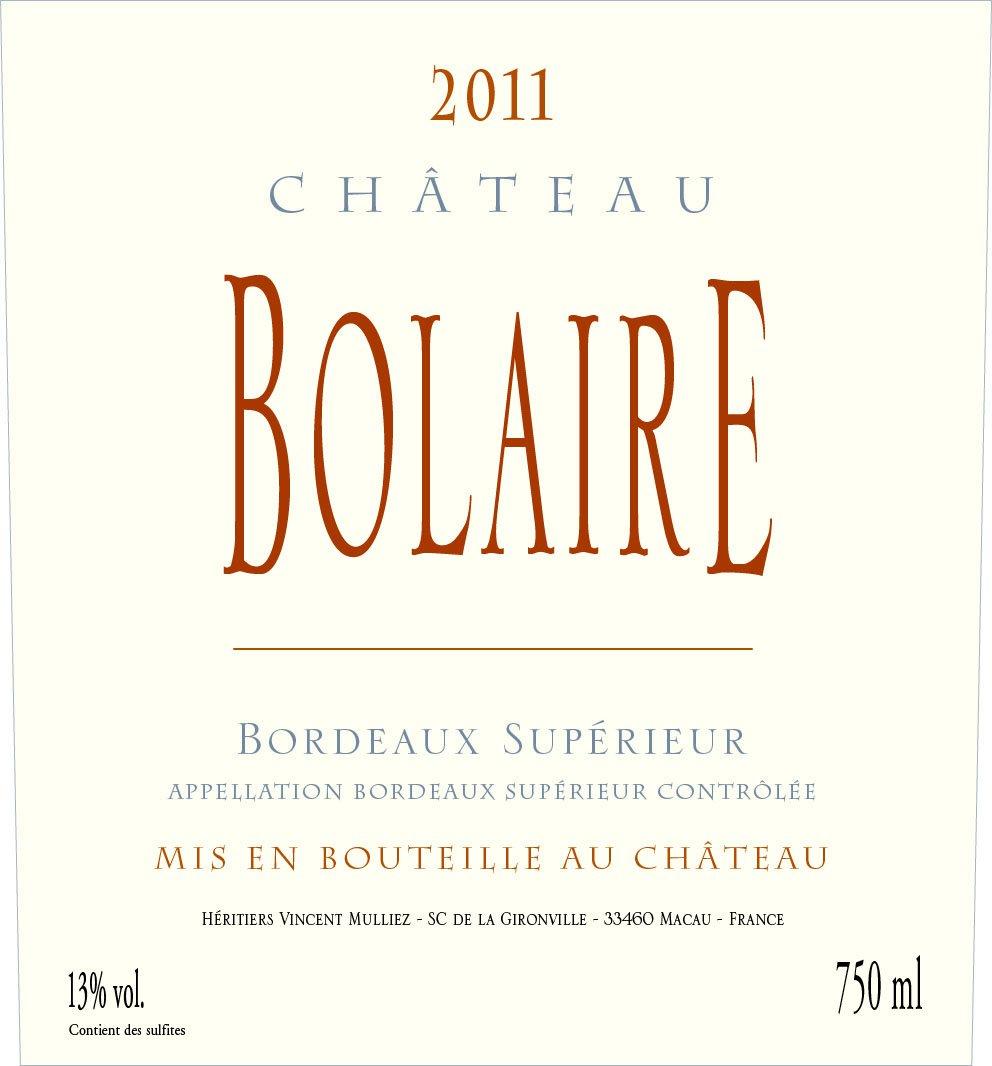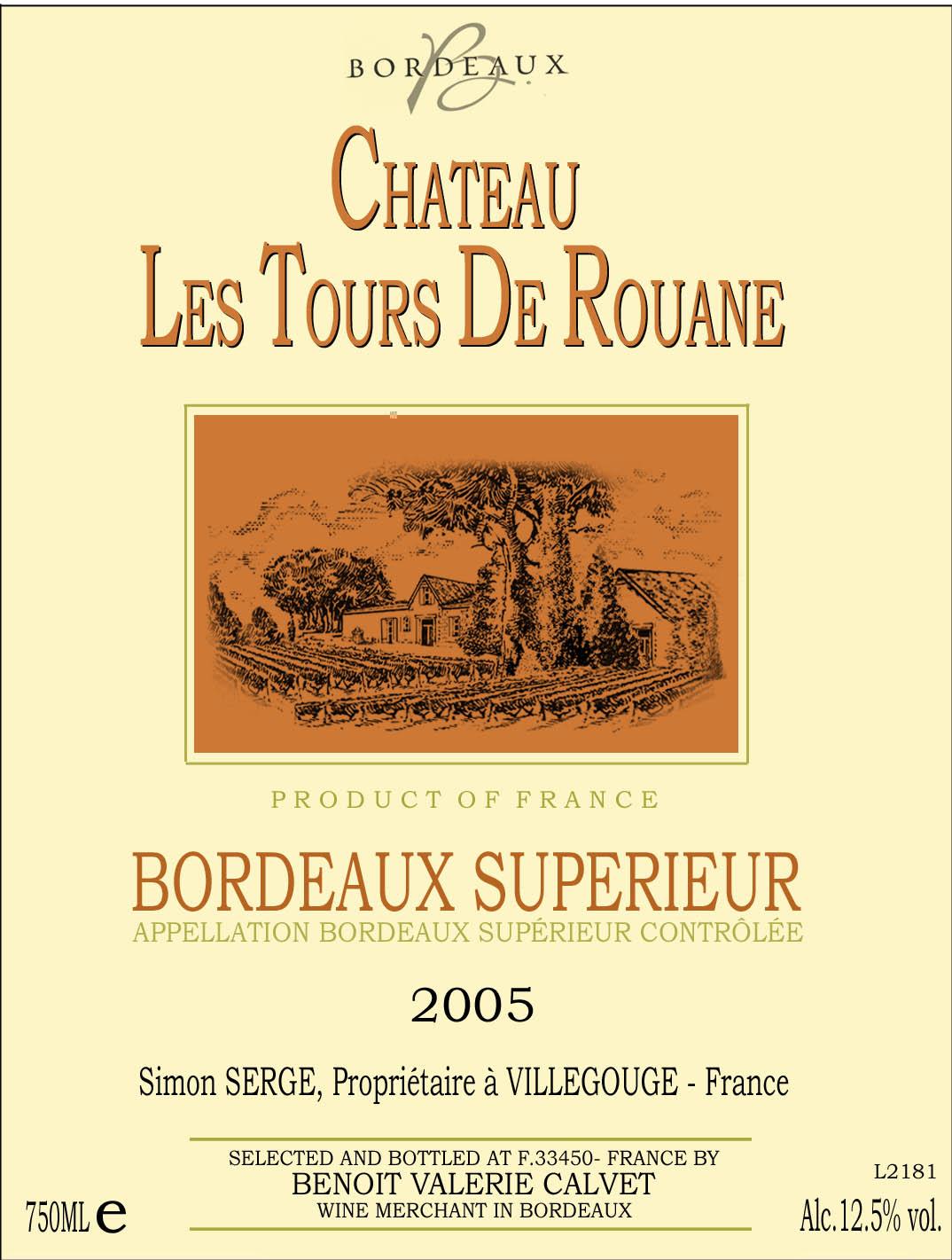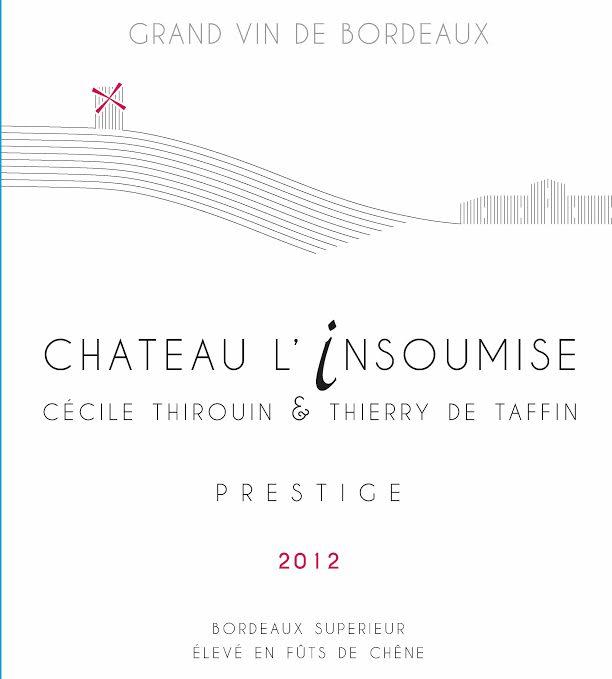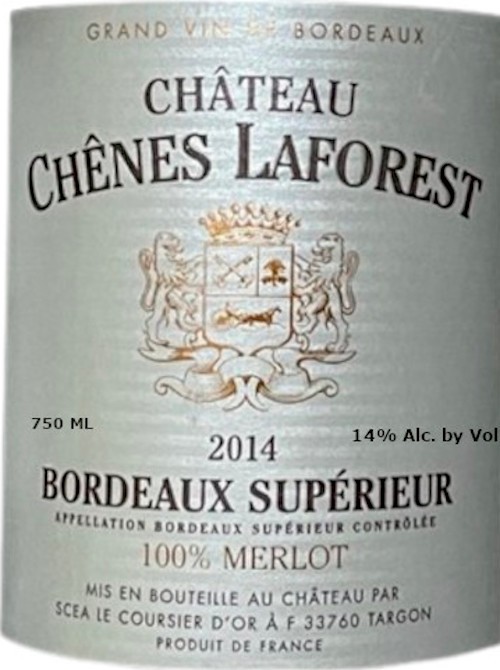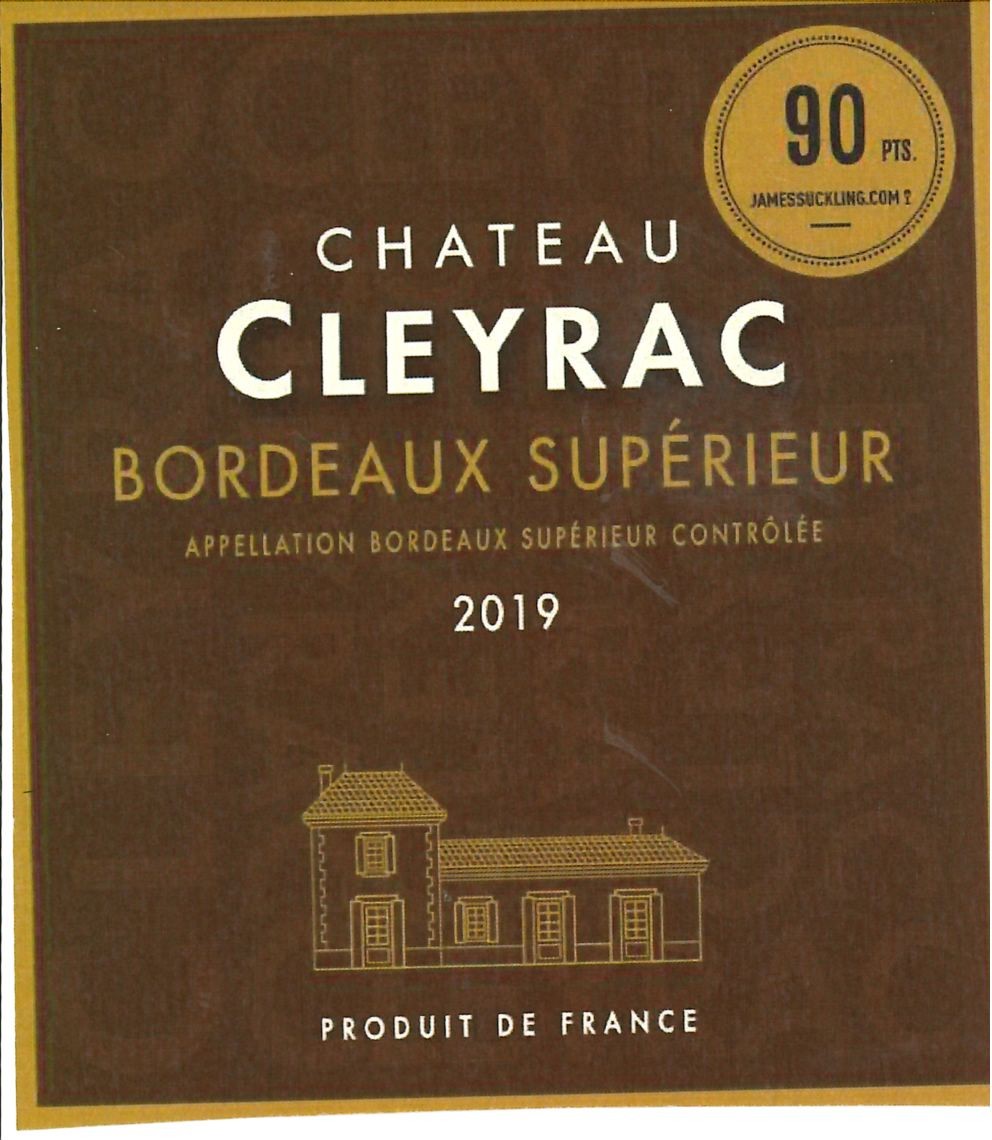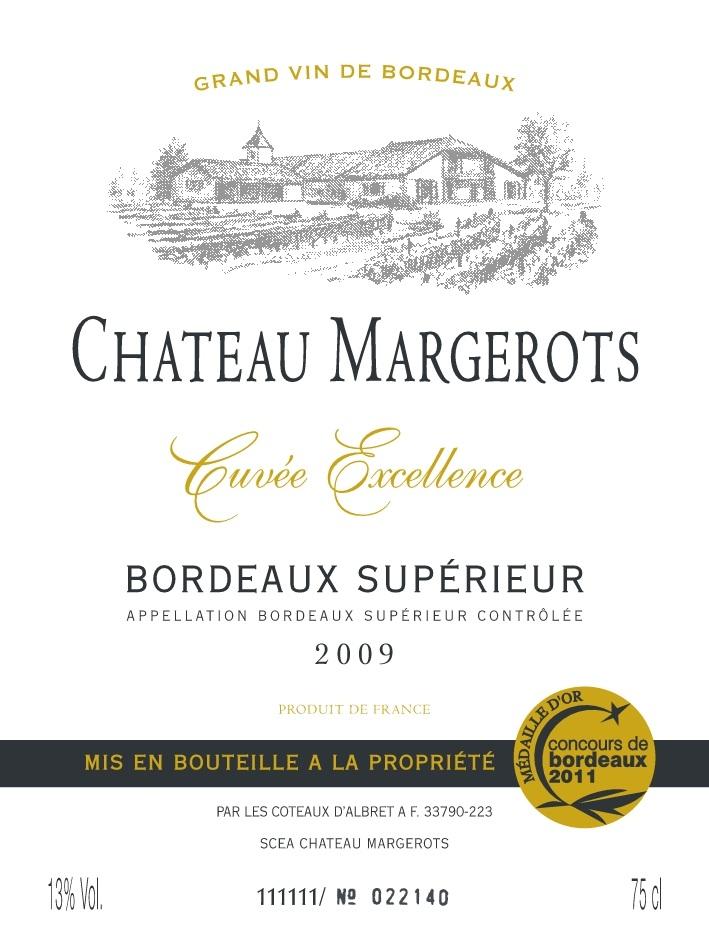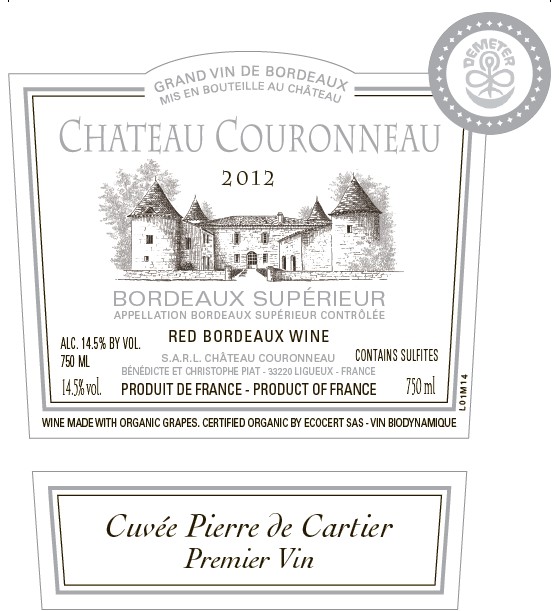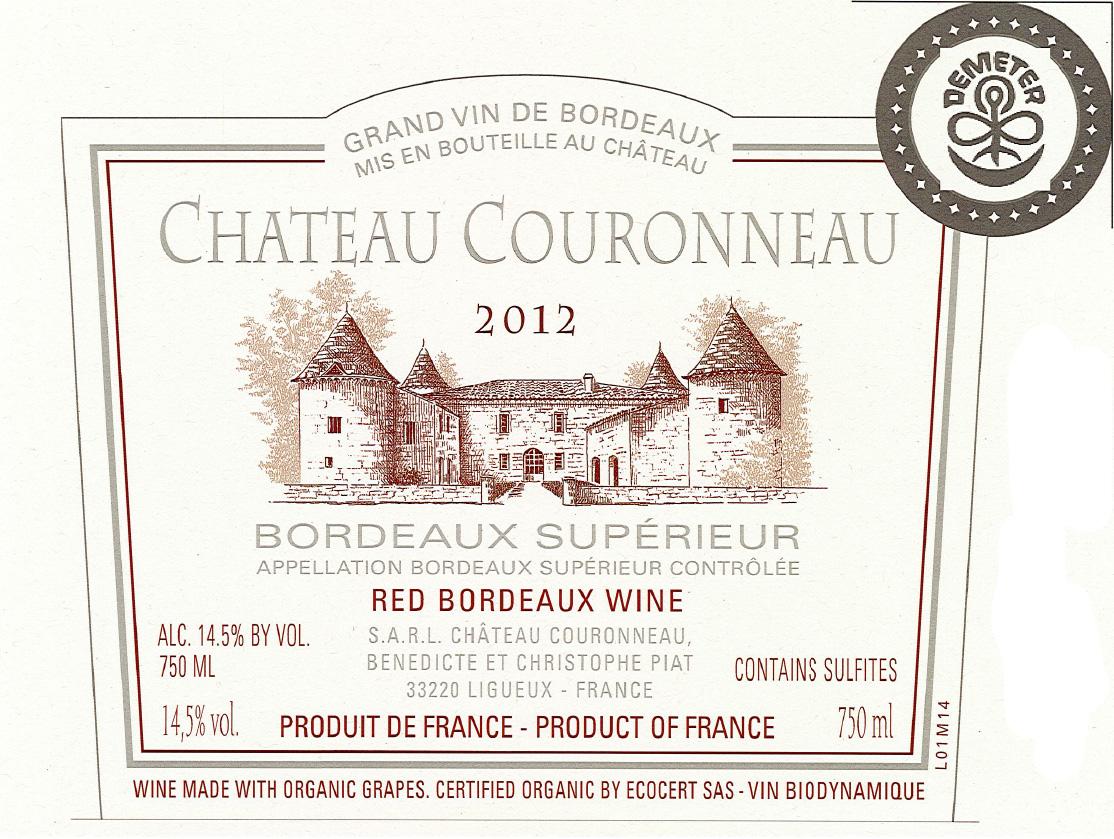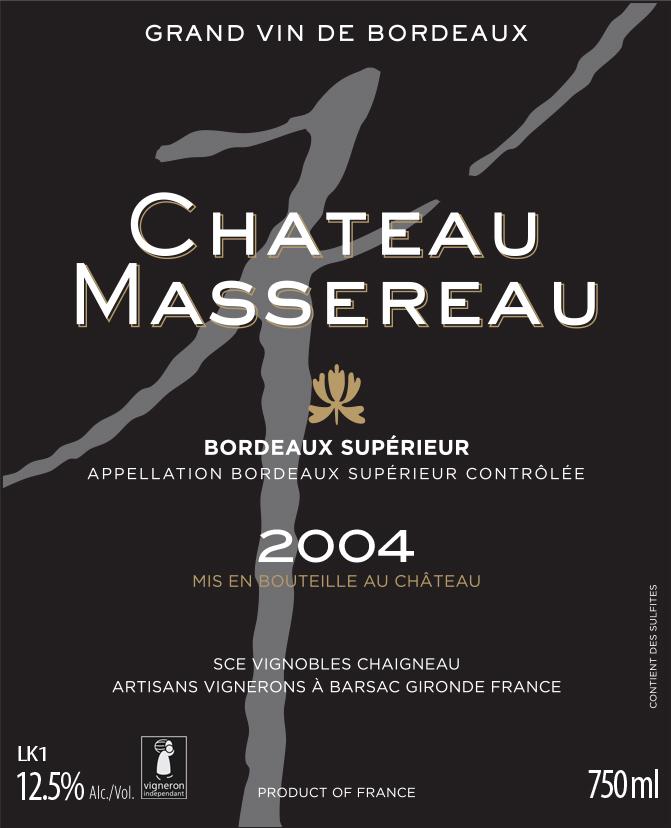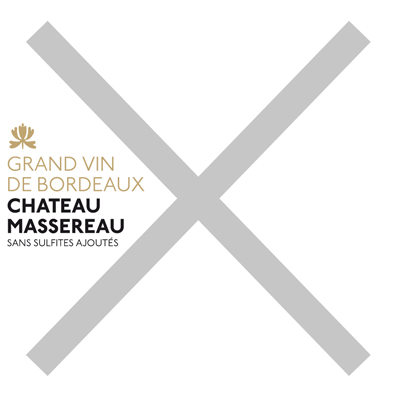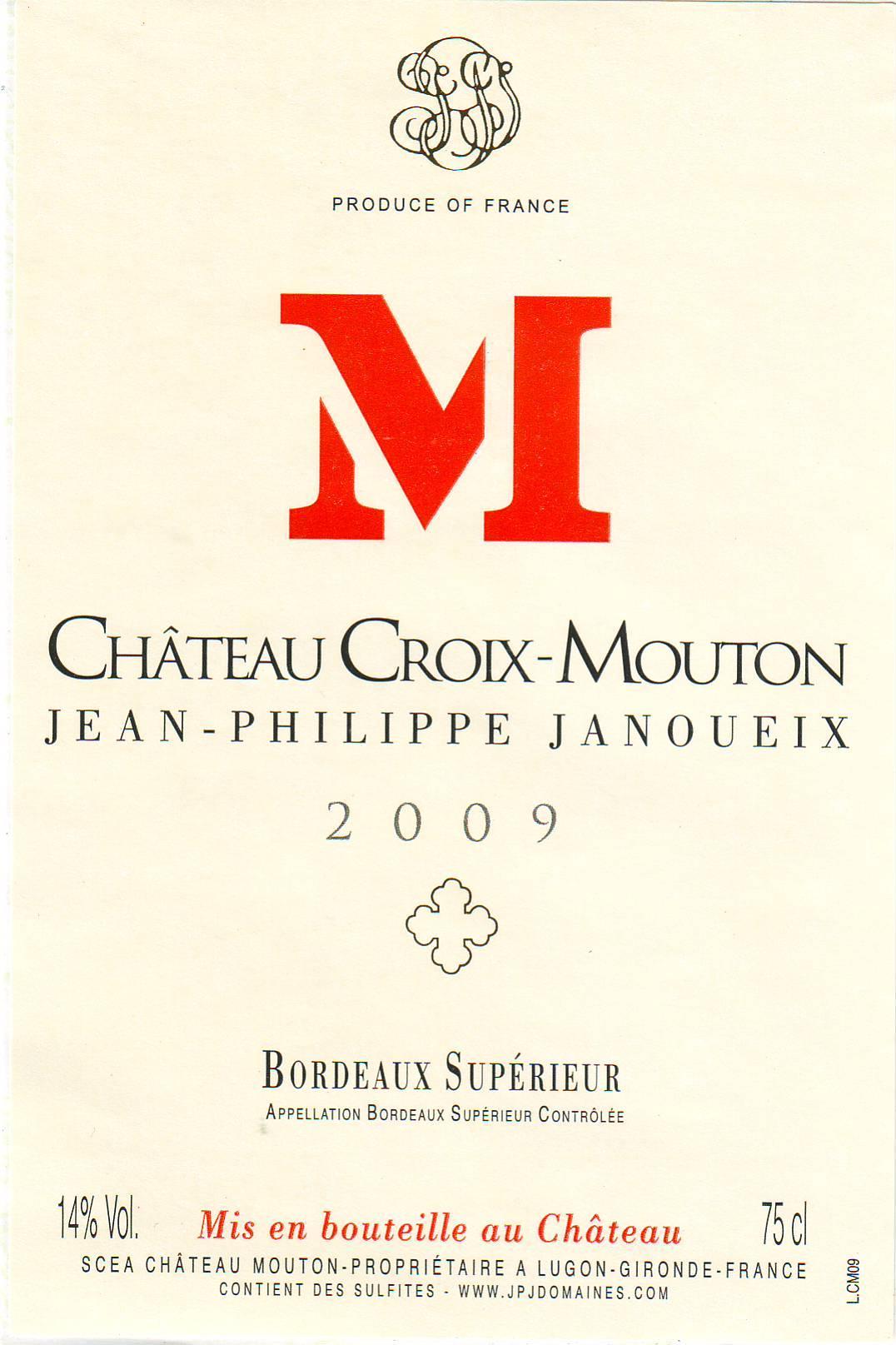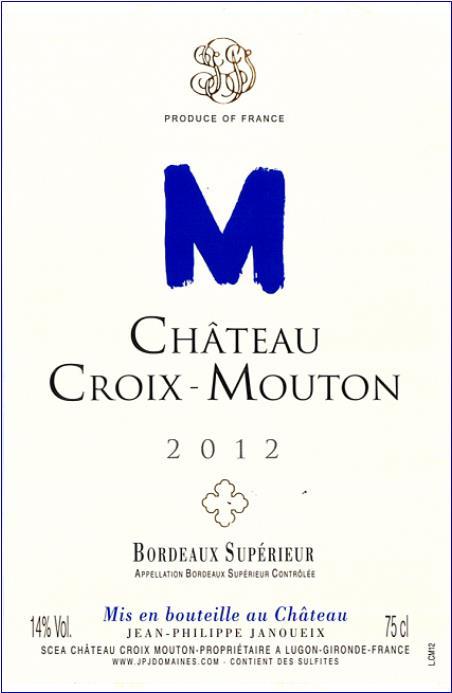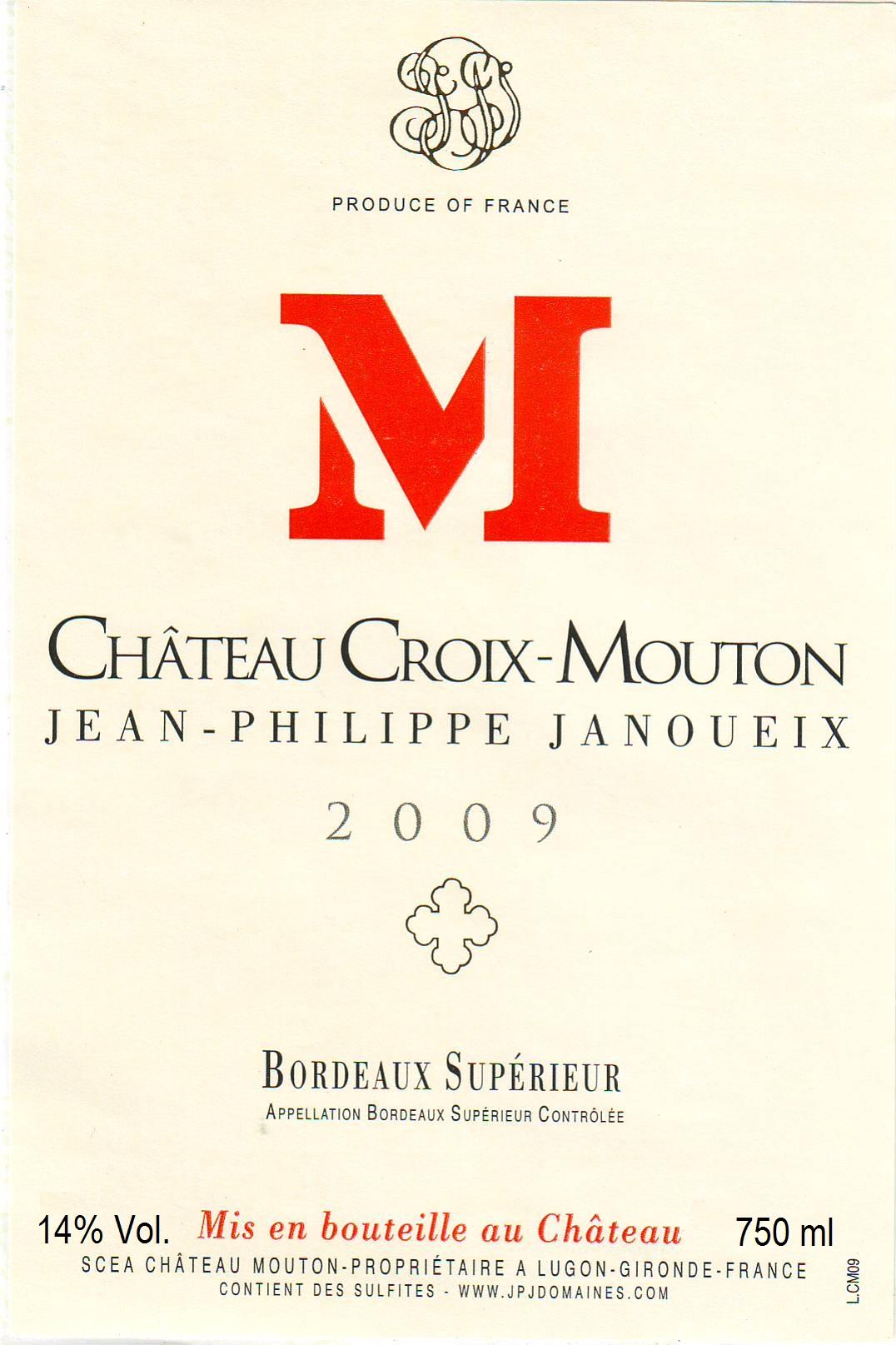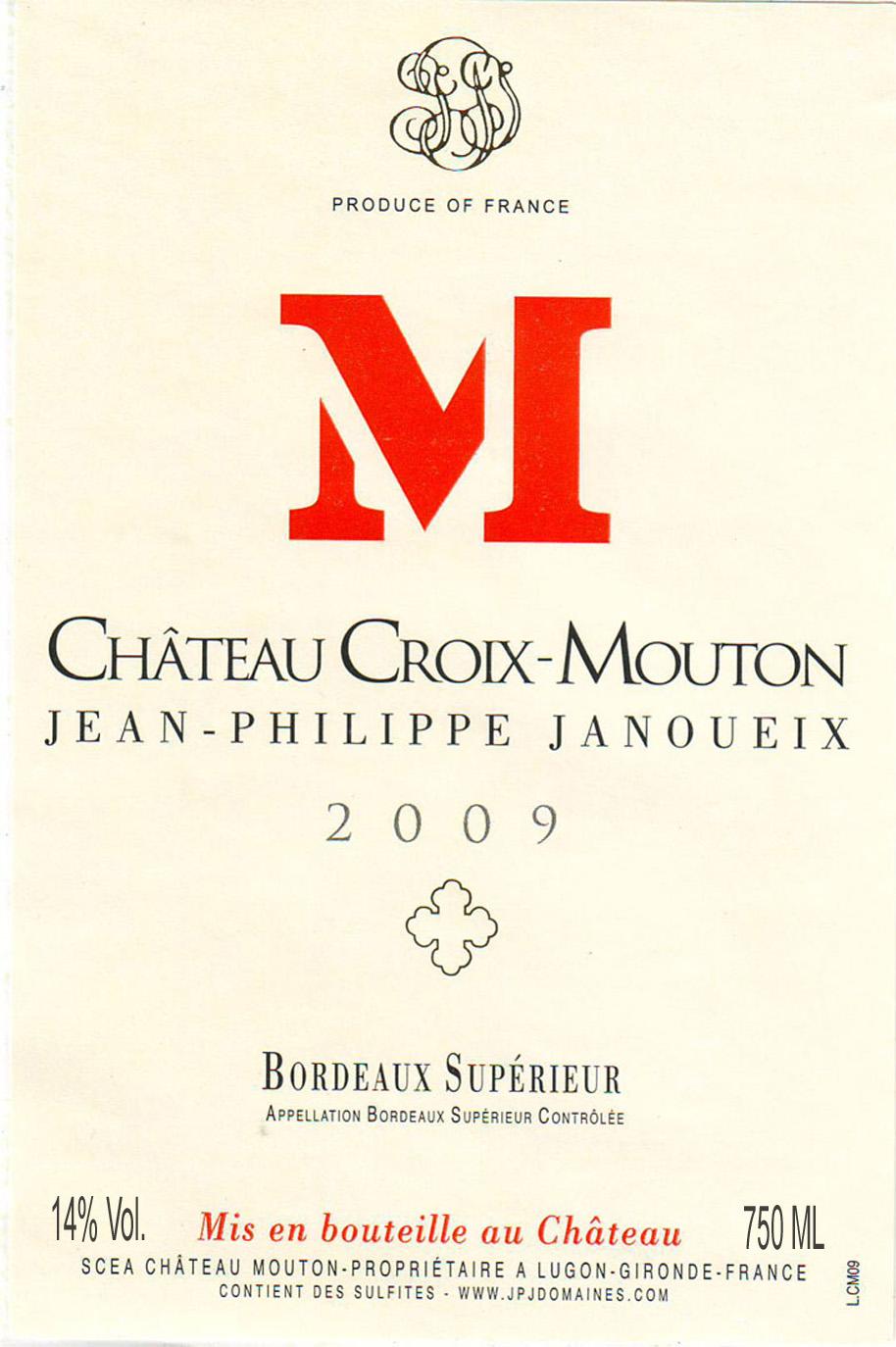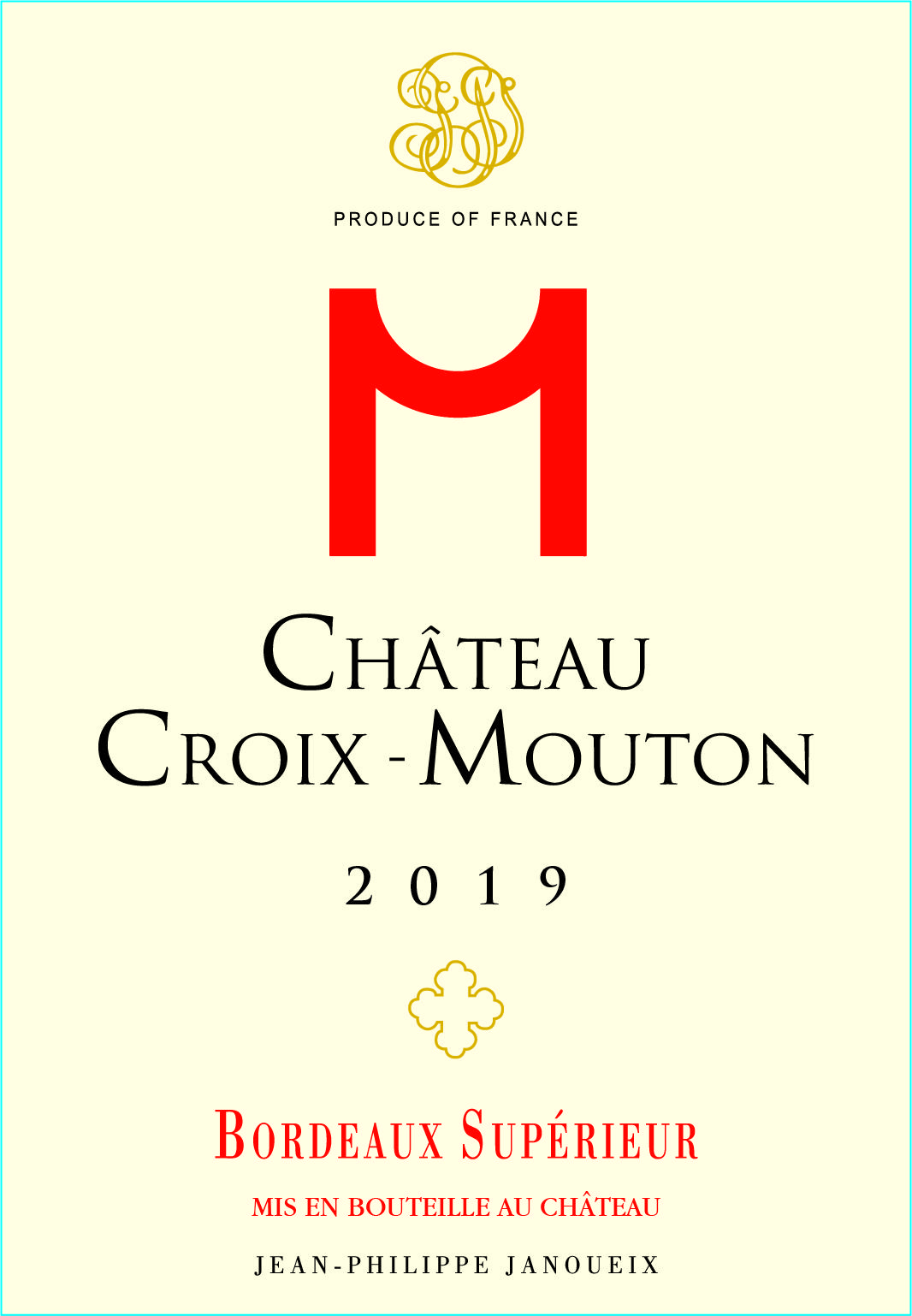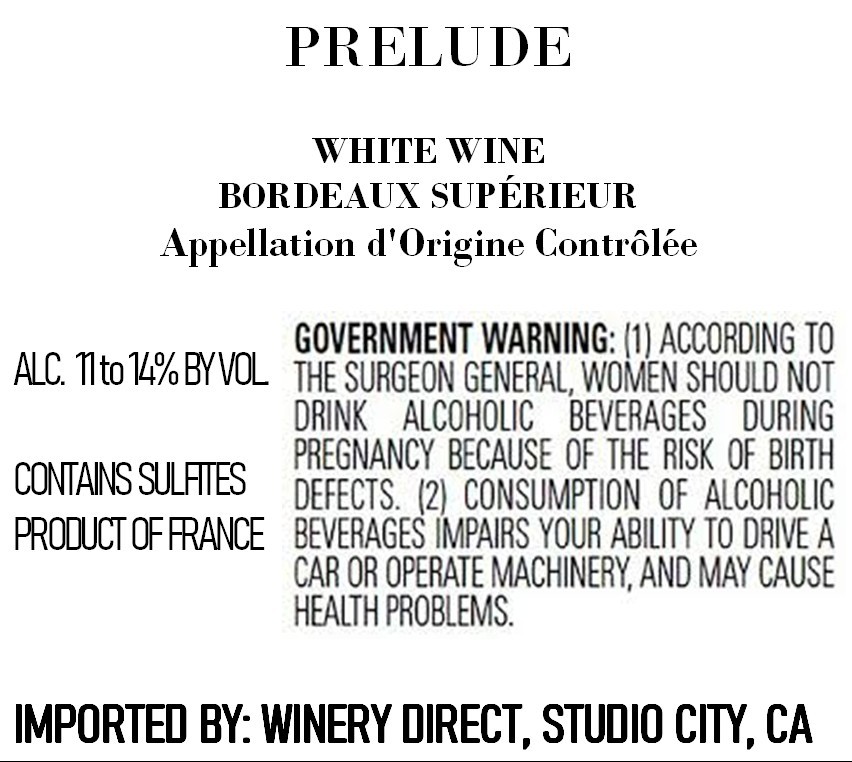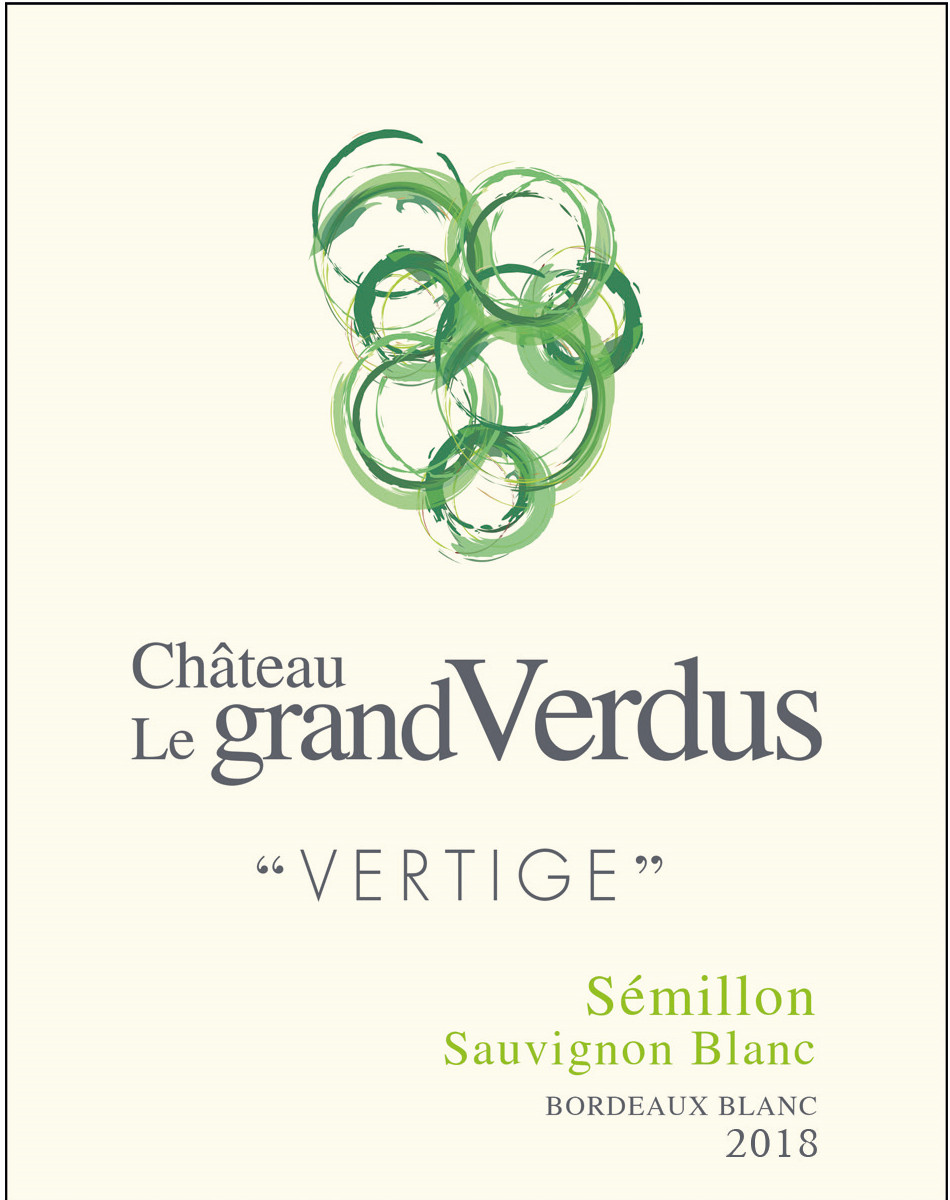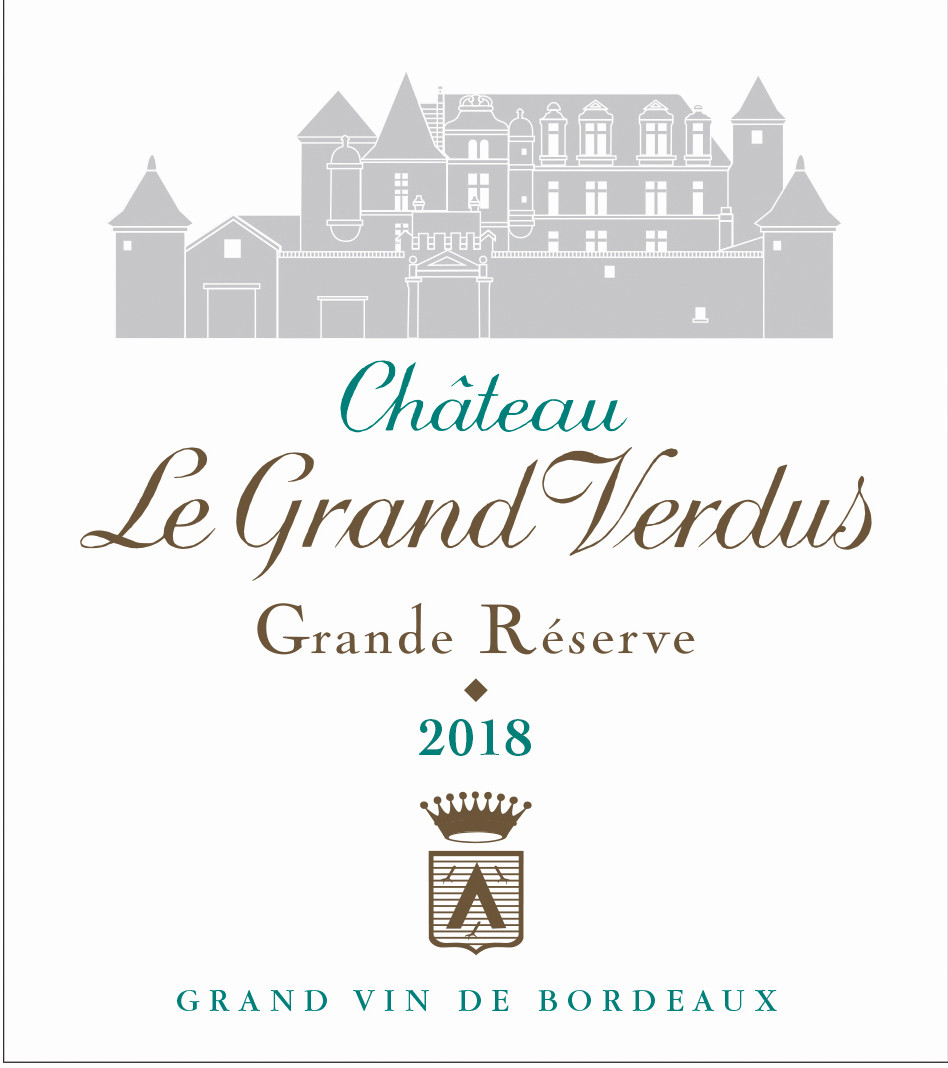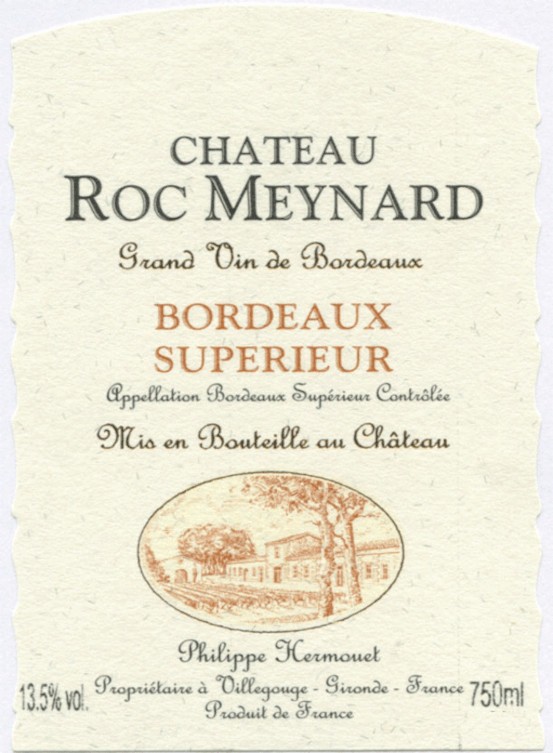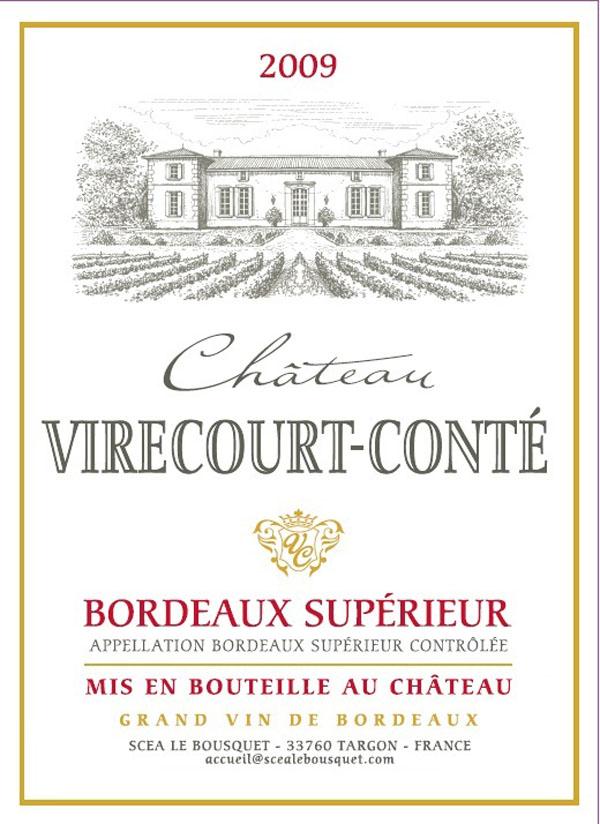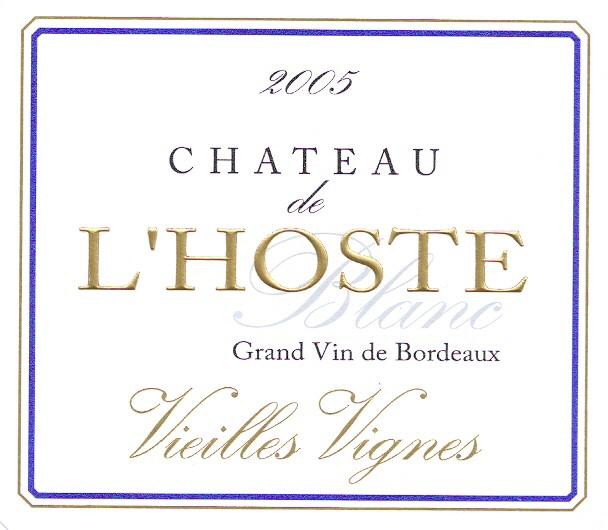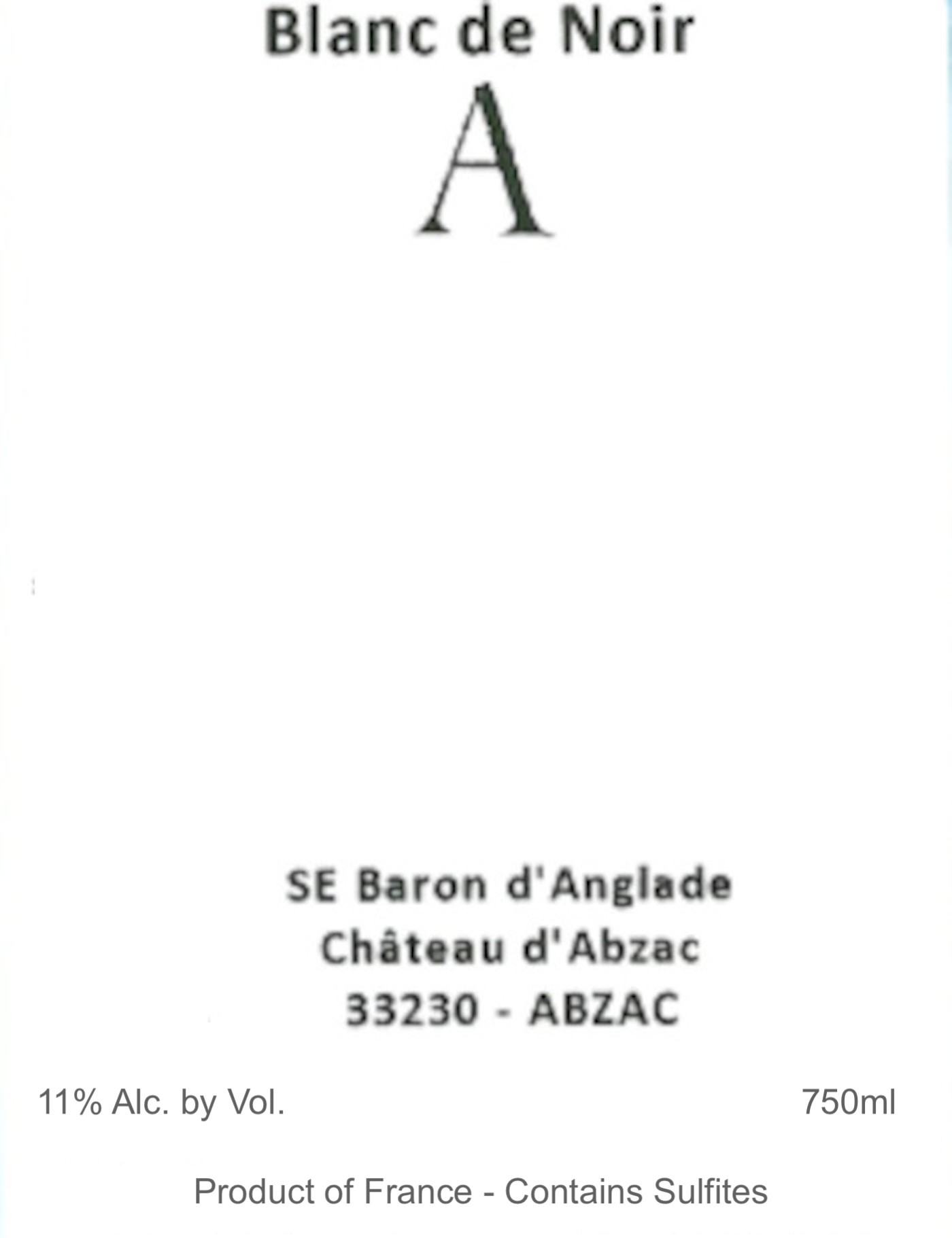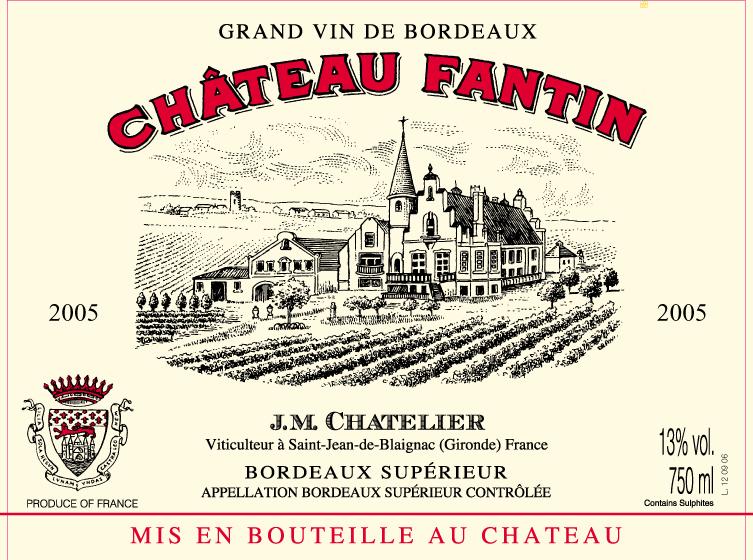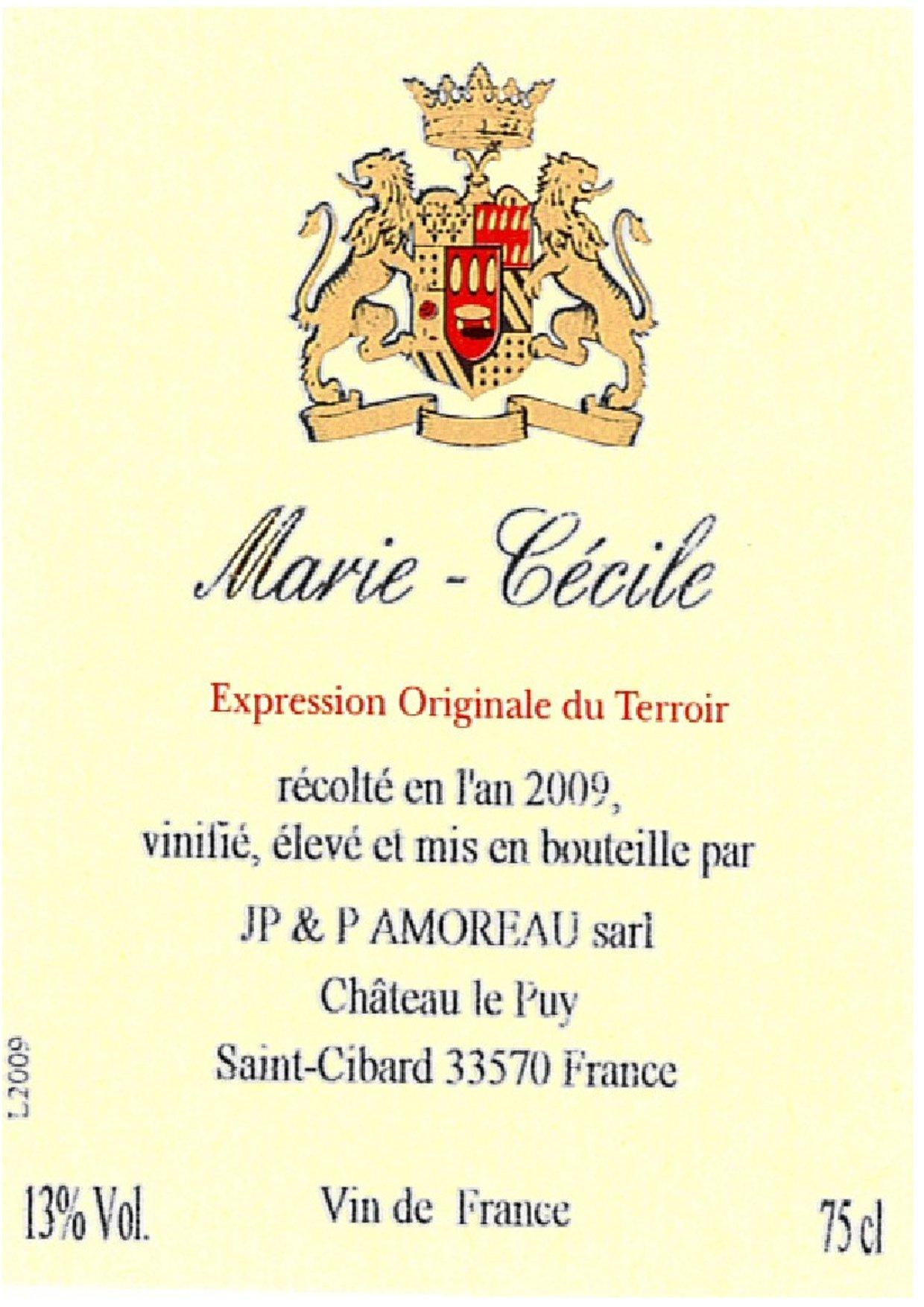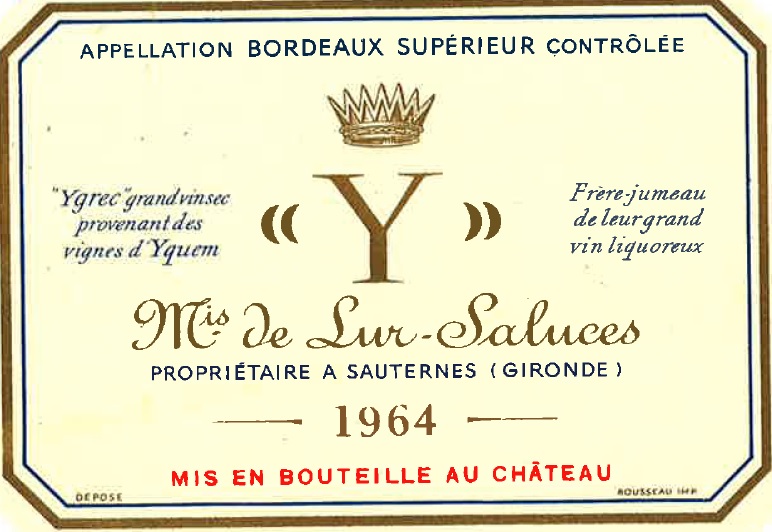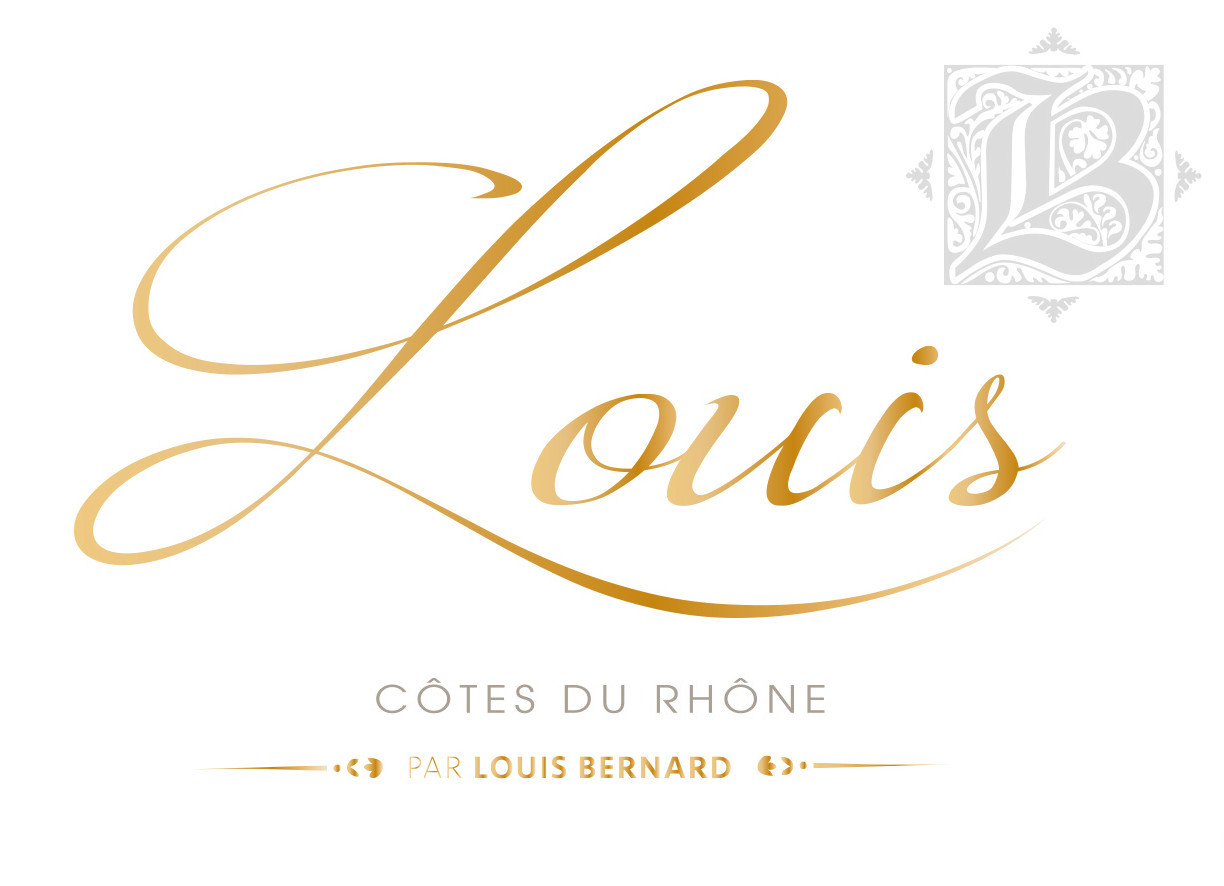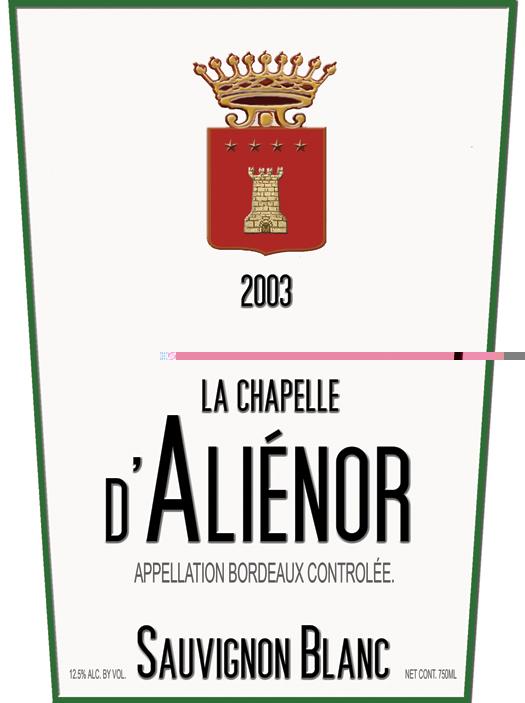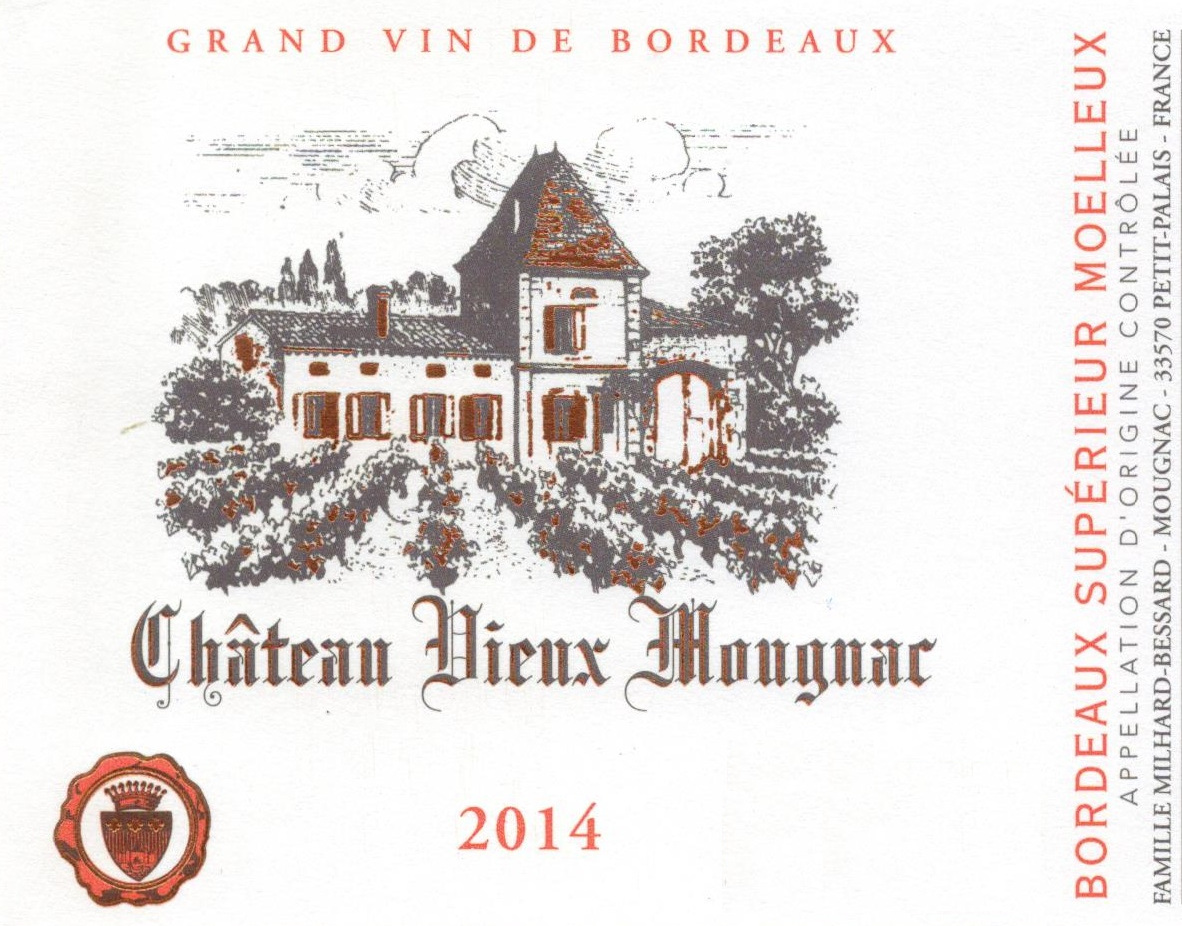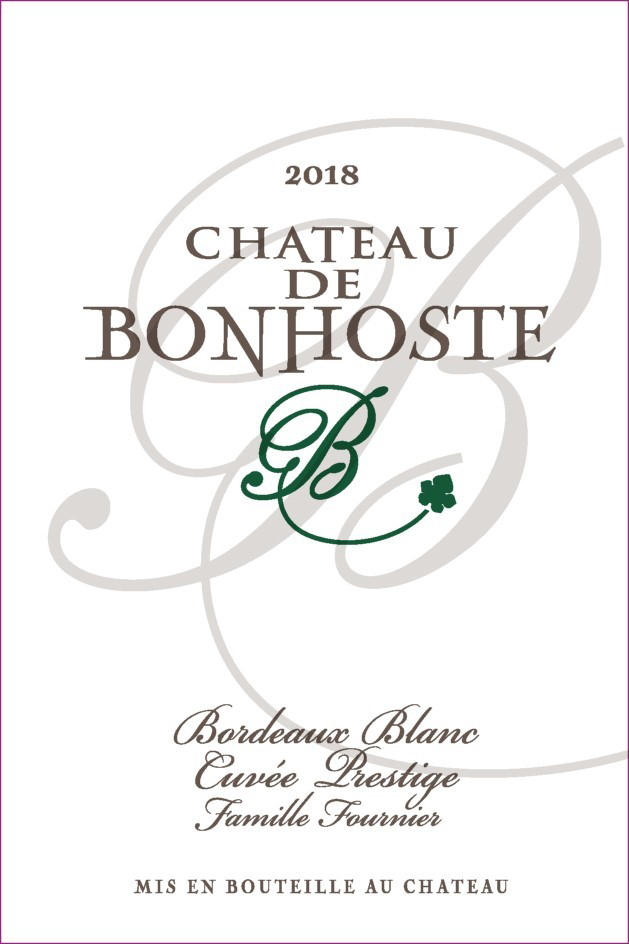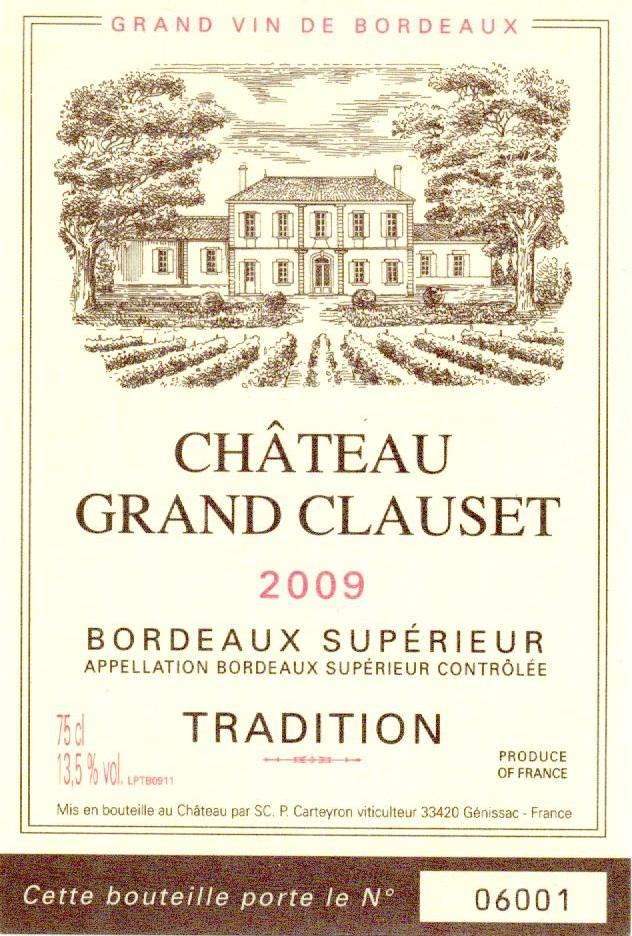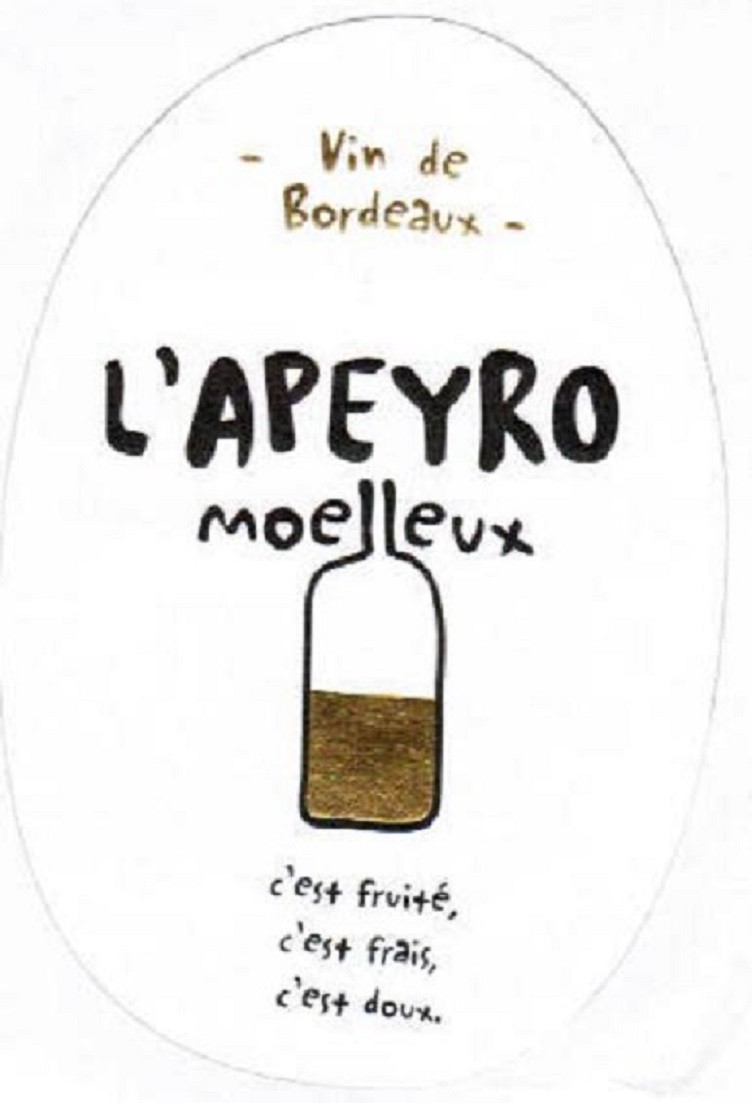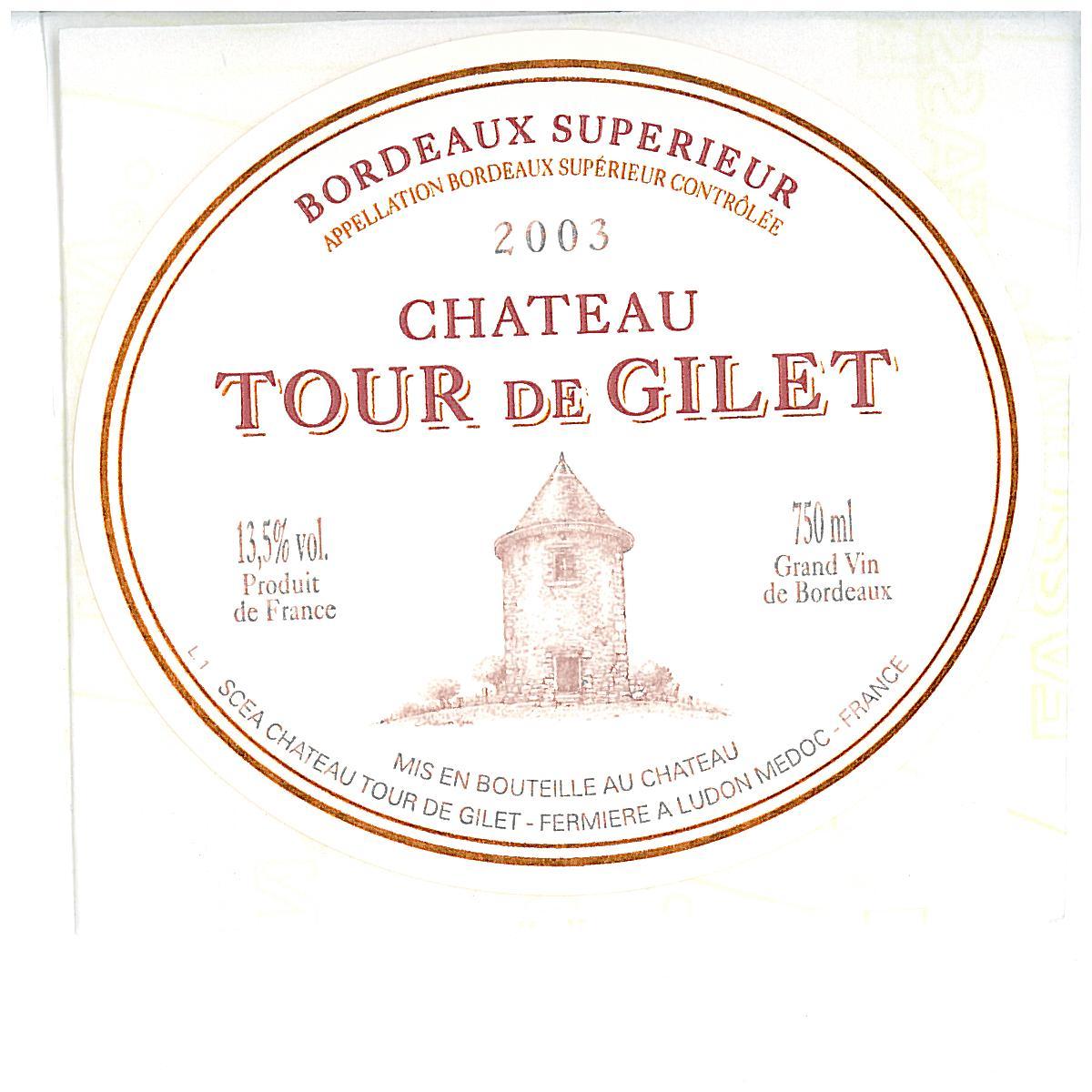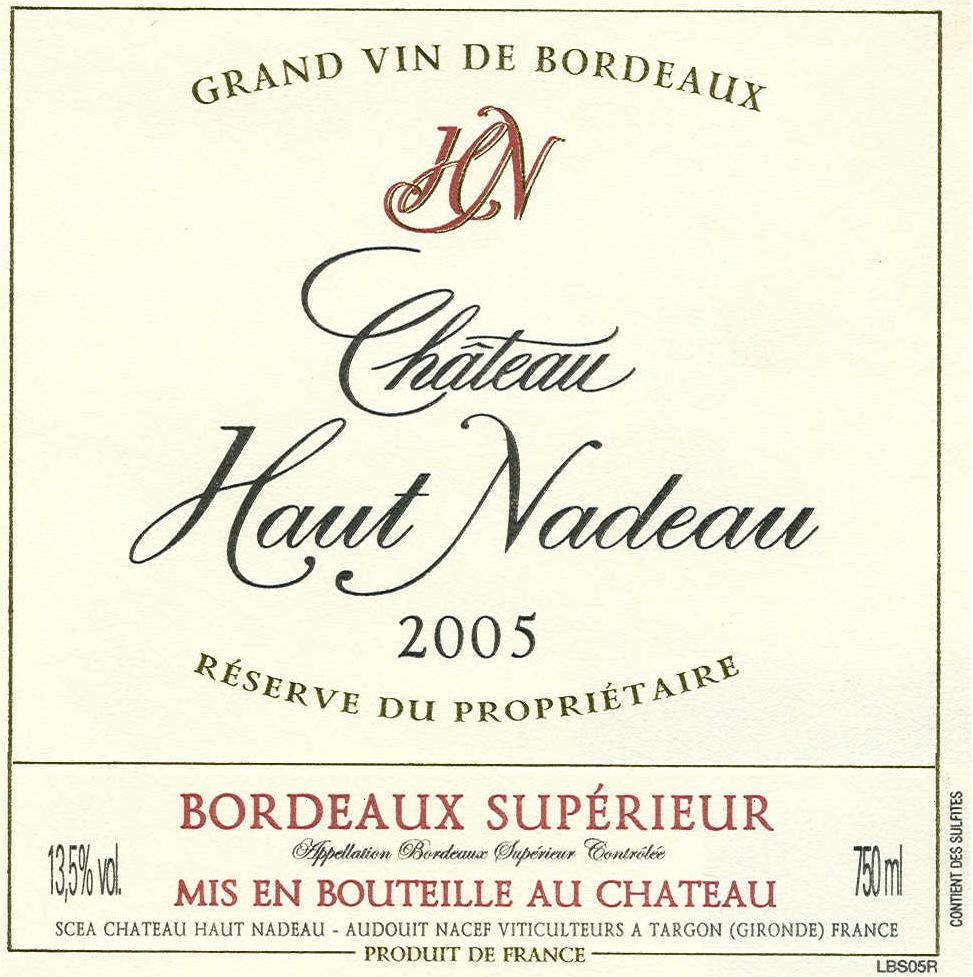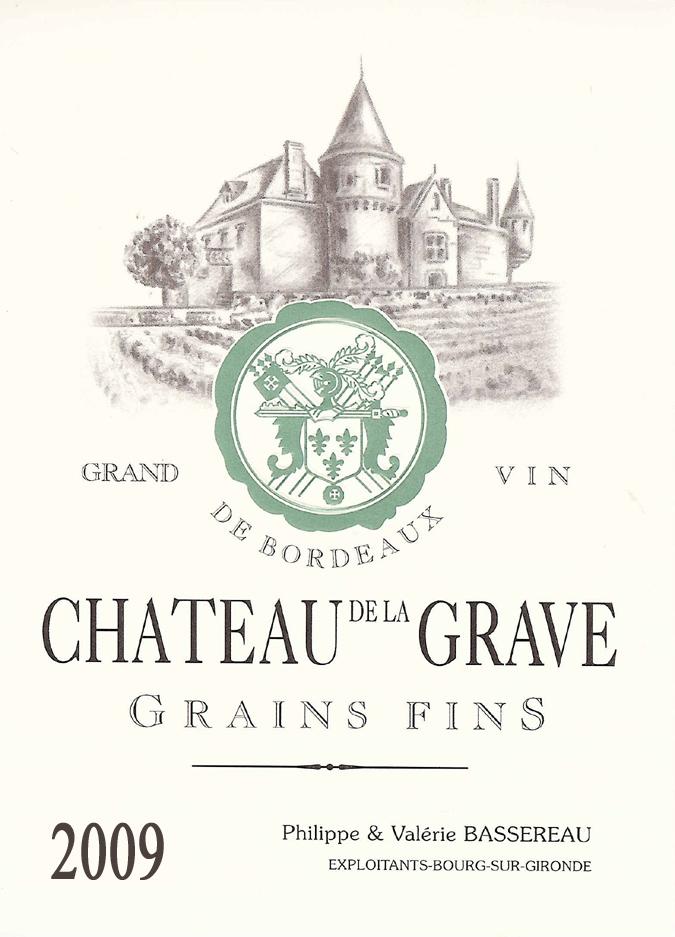Signature Bordeaux Supérieur Wine Styles & Grape Varieties
-
Merlot: Dominant in Bordeaux Supérieur blends, offering a plush texture with flavors of black cherry and plum.
-
Cabernet Sauvignon: Adds structure and depth, with cassis and herbal notes.
-
Cabernet Franc: Brings elegance and complexity, with hints of spices and red fruit.
-
Petit Verdot: Occasionally included for a touch of floral and peppery nuances.
-
Malbec: Adds richness and dark fruit flavors when used.
-
Carménère: Rarely used, but when included, offers unique earthy and spicy notes.
These medium- to full-bodied wines typically age in oak, contributing subtle vanilla or cocoa aromas, and are crafted to appeal to those seeking both fresh, fruity expressions and classic, age-worthy options.
Terroir of Bordeaux Supérieur
Bordeaux Supérieur benefits from a maritime climate with mild winters and warm summers, influenced by the Atlantic Ocean and nearby rivers. This climate helps avoid extreme temperatures but requires care to prevent humidity-related diseases and frost. Recently, warmer temperatures and unpredictable weather, including droughts and heavy rains, have led growers to adapt with techniques like canopy management and drought-resistant rootstocks.
The region's diverse soils—gravel, sand, clay, and limestone—add unique qualities to the wine. Gravelly soils offer excellent drainage, boosting Cabernet's structure, while clay-limestone suits Merlot, adding depth and richness. This soil variety allows for flexible blending, creating robust reds with freshness and Bordeaux's signature acidity. Clay-heavy areas produce rounder wines, while gravel and sand contribute spice and firm tannins, resulting in balanced wines that showcase the terroir's complexity.
Notable Wineries in Bordeaux Supérieur
In the enchanting region of Fronsac, Bordeaux, you'll discover a tapestry of notable wineries producing exceptional Bordeaux Supérieur wines. Among the gems here is Château de la Rivière, a historic estate celebrated for its sophisticated blends that highlight Merlot's plush textures. The limestone-rich vineyards offer breathtaking views of the Dordogne, enhancing the scenic allure of this remarkable winery. Visitors can delve into the rich history of the estate through guided tours and sample its exquisite wines.
Beyond Château de la Rivière, the area is dotted with family-run estates and cooperatives, each contributing to the rich tapestry of Bordeaux Supérieur wines. These producers, often nestled near Fronsac and Castillon, focus on tradition and the unique qualities of their terroir, crafting wines that are both rooted in history and expressive of their individual sites.
Sustainable Winemaking in Bordeaux Supérieur
Bordeaux Supérieur is increasingly focused on sustainability, with many growers turning to organic and biodynamic practices. Cover crops are commonly planted to improve soil health, and there is a significant reduction in chemical use. Certifications such as High Environmental Value (HVE) and Terra Vitis are becoming prevalent, highlighting the region's commitment to eco-friendly viticulture.
In the wineries, sustainable practices include water recycling, energy-efficient technology, and the use of lighter packaging. As the climate changes, producers are adapting by experimenting with new canopy management strategies, selecting diverse grape clones, and exploring innovative ways to maintain vineyard health. These efforts aim to ensure the future vitality and balance of Bordeaux Supérieur wines, preserving their rich, structured character and the unique qualities of the region's terroir.
Wine Tourism in Bordeaux Supérieur
Wine tourism in the Bordeaux region offers a rich tapestry of experiences, seamlessly blending history with viticulture.
Begin in the UNESCO-listed village of Saint-Émilion, renowned for its medieval charm and proximity to Bordeaux Supérieur estates.
The Fronsac vineyards provide a rustic allure, featuring family-run wineries offering intimate cellar tastings.
Libourne serves as a convenient base, with its vibrant markets and picturesque riverfront walks, surrounded by numerous tasting opportunities.
Château visits, such as the historic Château de la Rivière, allow exploration of cellar traditions and Bordeaux Supérieur wine sampling.
Scenic drives through the Côtes de Bordeaux hillsides reveal rolling vineyards and châteaux, often requiring appointments for tastings.
Seasonal highlights include harvest events from late September to October, and spring releases from April to June, all easily accessible from Bordeaux city.
This region offers a harmonious blend of historical exploration and inviting wine experiences.


